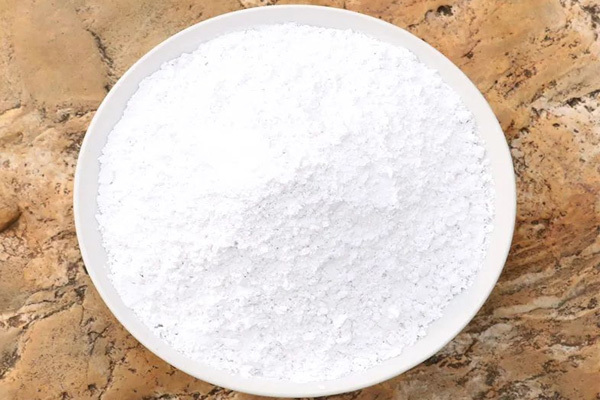The difference between heavy calcium carbonate and light calcium carbonate
Release Time:
2023-09-25 21:23
Difference between precipitated calcium carbonate (PCC) and ground calcium carbonate (GCC); PCC and GCC are two different types of calcium carbonate. Their main differences lie in their source, particle size, and applications.
1. Source: GCC is mainly obtained by mechanical grinding of natural calcium carbonate minerals such as calcite, marble, and chalk. PCC, on the other hand, is produced through chemical synthesis by reacting carbon dioxide with calcium hydroxide.
2. Particle Size: GCC typically has a larger particle size, generally between 0.1 and 100 micrometers. PCC has a smaller particle size, with an average particle size between 0.02 and 0.1 micrometers, sometimes even smaller.

3. Applications: Due to their different particle sizes and physical properties, GCC and PCC have different uses in industry and commerce. Because of its high density, high purity, and good physical stability, GCC is widely used as an additive in fillers, pigments, plastics, rubber, and coatings. PCC, with its high whiteness, high purity, and high dispersibility, is widely used in papermaking, coatings, pharmaceuticals, and food industries.
In summary, GCC and PCC have significant differences in particle size and applications. GCC is mainly used in fillers and related fields, while PCC is mainly used in coatings, papermaking, and other areas. Both have their own characteristics and are selected and used according to different application needs.



